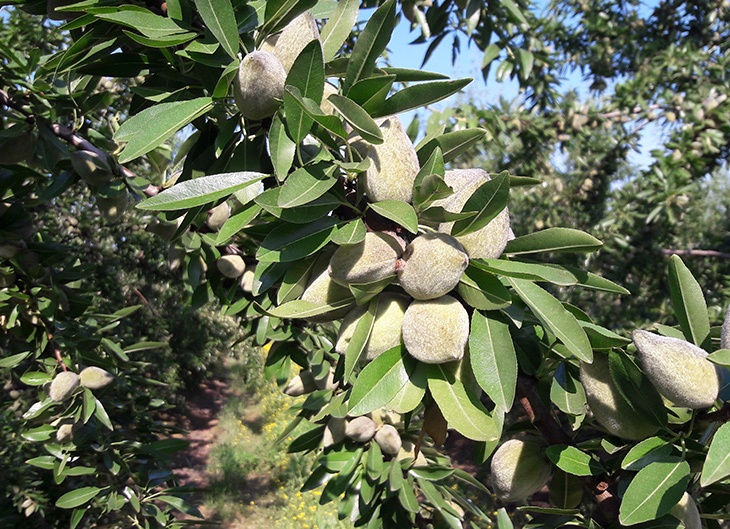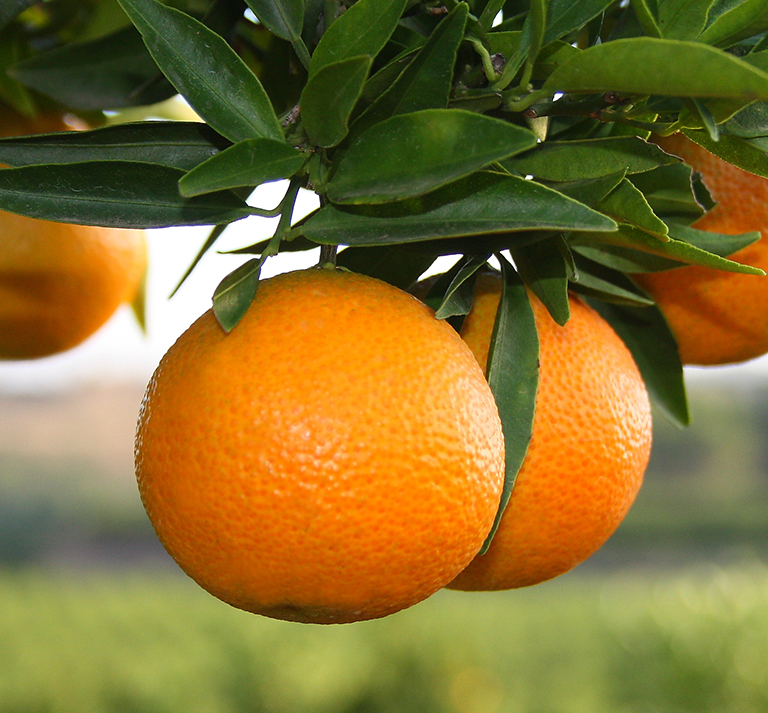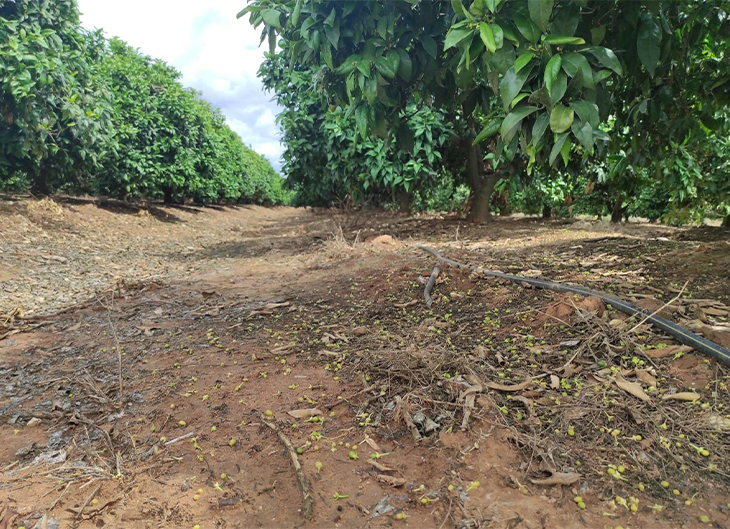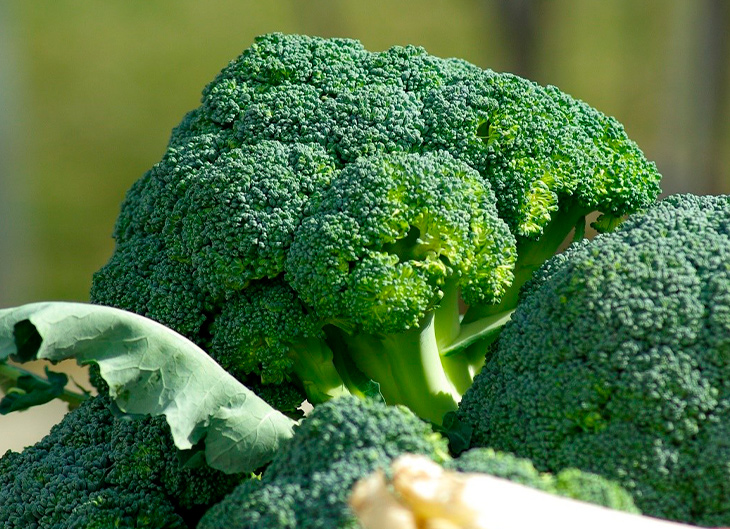
There is tenfold multiplication of broccoli consumption in Spain
Spain has increased broccoli consumption tenfold in the last decade. A few years ago broccoli was almost unknown in the diets of Spaniards and has now become a vegetable that Spaniards see as usual in the shopping basket. Consumption has increased from 200 grams per person per year to 2 kilograms per capita at the end of 2020. This data reflects a strong change in the consumption pattern of this vegetable, since until now almost all of its production was aimed at consumption abroad.
Currently in Spain there are around 50,000 hectares dedicated to the cultivation of broccoli, in which, by 2020, about 600,000 tons will be produced, with about 65,000 for the domestic market and 535,000 for export.
50% of Spanish production comes from the Region of Murcia, followed by the Ribera del Ebro and Extremadura. Of the total production, approximately 120,000 tonnes are used for frozen and 400,000 tonnes for fresh export. These figures represent a 100% increase compared to the figures of 10 years ago.
Its growing popularity and the increase in consumption of this vegetable encourages farmers from many areas of Spain to bet on this healthy and complete crop for the body
Internationally, Spanish broccoli has the UK as the first customer, followed by France, the Netherlands and the Scandinavian countries. Outside Europe it also has an important market in the United Arab Emirates, Russia, Romania and Bulgaria.
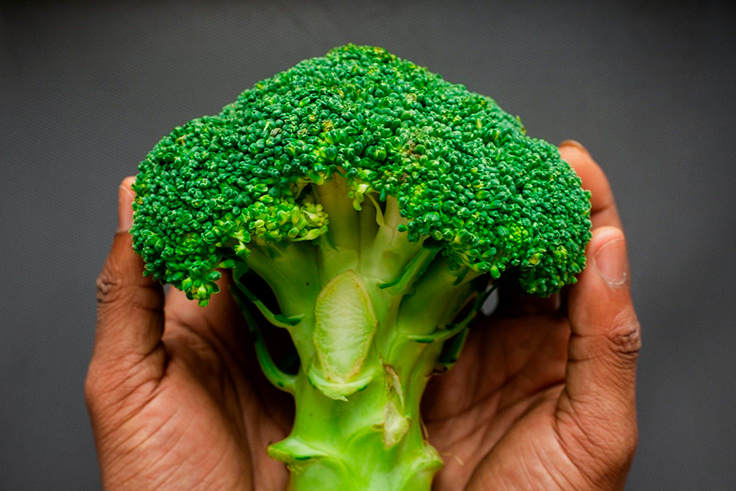
Among the properties of this vegetable, it is worth highlighting its high level of fiber, few fats and being very rich in carbohydrates, proteins and vitamins B1, B2, B6, C, K and A, in addition to its concentration in calcium and iron. The latest research on this product also suggests that its trunk has anti-inflammatory qualities and benefits for people with diabetes.
By 2030, the +Broccoli association estimates to reach 4 kilos of broccoli per consumer in our country. Without a doubt, this vegetable from the cruciferous family is a superfood that is gaining its place in the market and in our diets. A commitment to healthy food and a diet based on the vegetables of our fields.

